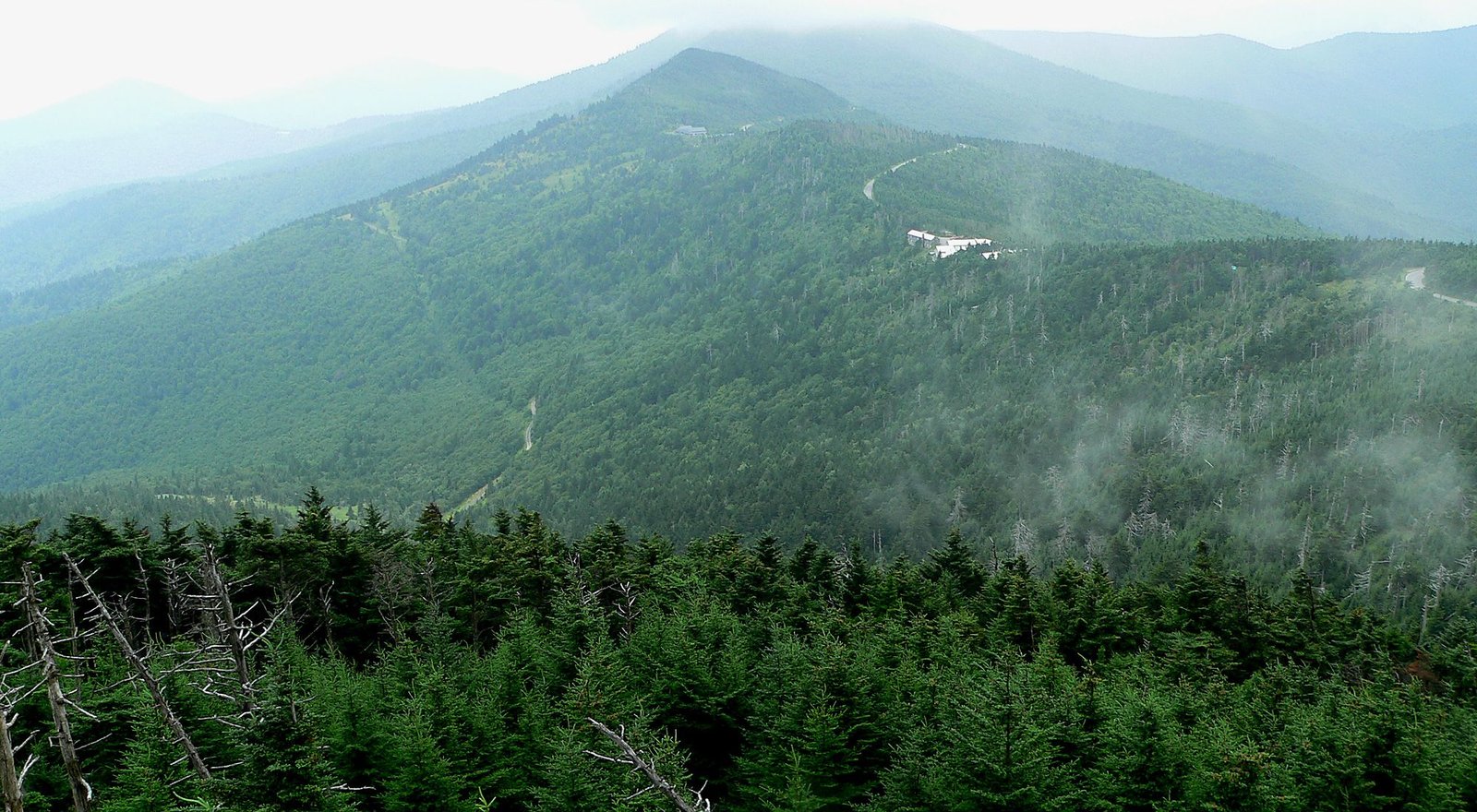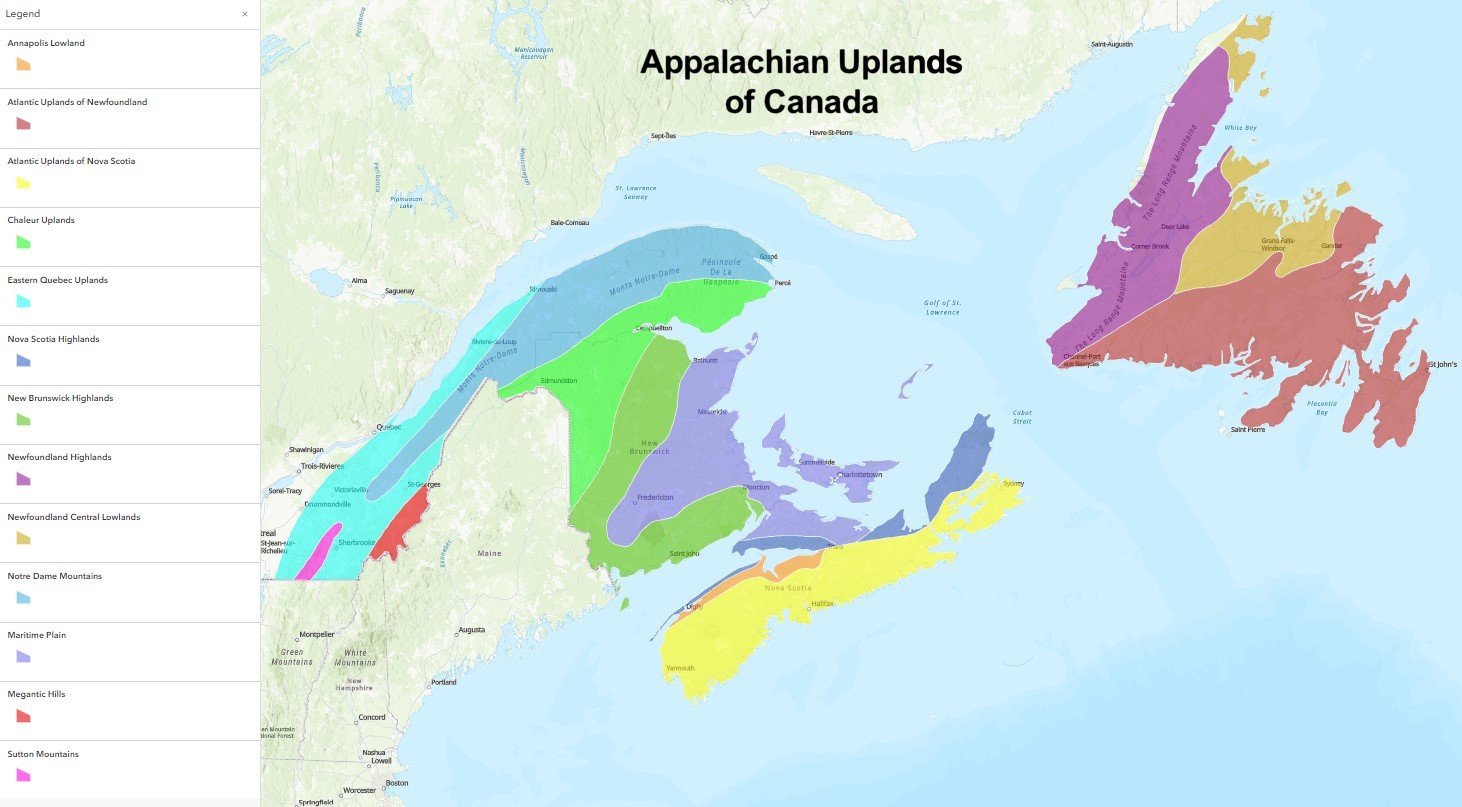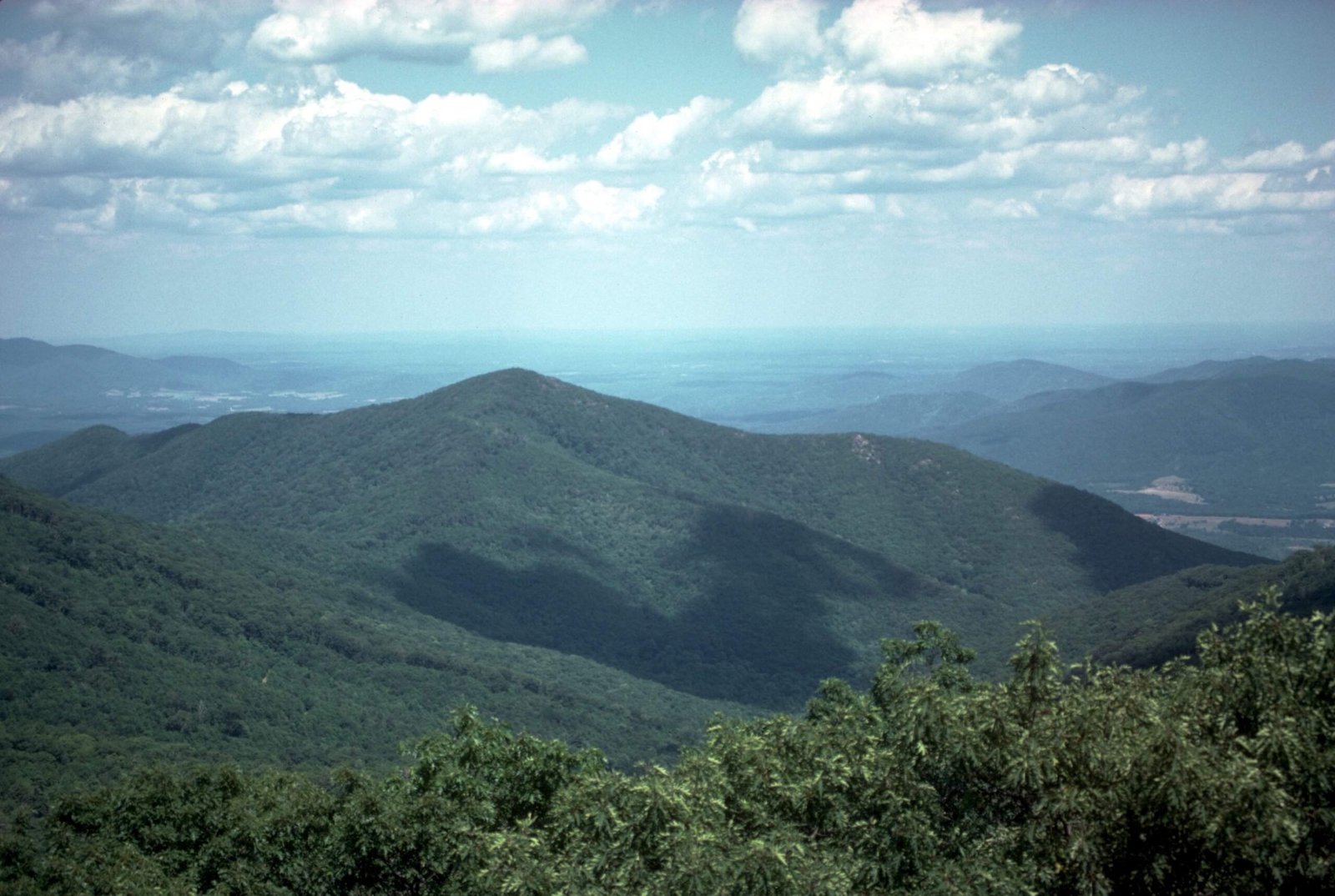Nestled within the rugged terrain of the Appalachian Mountains, backcountry cabins offer adventurers a unique opportunity to immerse themselves in pristine wilderness. These remote shelters range from basic one-room structures to more developed accommodations, providing hikers, nature enthusiasts, and outdoor lovers with an authentic mountain experience that connects them directly with the raw beauty of the Appalachian landscape.
What Are Appalachian Backcountry Cabins?

Appalachian backcountry cabins represent more than just shelter; they are gateways to wilderness exploration. Managed by organizations like the Potomac Appalachian Trail Club (PATC), these cabins vary dramatically in size, amenities, and accessibility.
Cabin Characteristics
| Cabin Type | Size Range | Typical Amenities | Access Difficulty |
|---|---|---|---|
| Primitive | 100-500 sq ft | Wood stove, basic bedding | High |
| Moderate | 500-1000 sq ft | Cooking area, mattresses | Medium |
| Enhanced | 800-1500 sq ft | Electricity, running water | Low |
How Do You Access These Remote Cabins?

Accessibility Challenges
- Hiking Required: Most cabins demand a hike-in approach
- Distance Variations: Trailheads can range from 0.5 to 5 miles
- Seasonal Limitations: Winter access often extremely challenging
What Amenities Can You Expect?
Primitive Cabin Features
- Wood-burning stoves
- Basic sleeping platforms
- Outdoor pit toilets
- Nearby water sources
- Minimal to no electrical infrastructure
Advanced Cabin Options
Some more developed cabins might offer:
– Solar-powered lighting
– Propane cooking equipment
– Composting toilets
– Basic kitchen utensils
What Should You Prepare Before Your Trip?
Essential Packing List
- Sleeping bag
- Headlamp/flashlight
- Cooking supplies
- Water filtration system
- First aid kit
- Extra layers of clothing
- Emergency communication device
What Are the Costs?
Pricing Structure
- Basic Cabins: $10-$30 per night
- Member Rates: Often discounted
- Peak Season: Prices may increase
- Membership Options: PATC offers annual memberships
What Wildlife and Natural Experiences Await?
Mountain Ecosystem Encounters
- Black bear habitats
- Diverse bird species
- Mountain flora
- Potential elk sightings
- Seasonal wildflower blooms
Safety Considerations
Wilderness Preparation
- Check weather forecasts
- Inform someone of your travel plans
- Carry emergency communication device
- Understand basic wilderness survival skills
- Respect wildlife and leave no trace principles
Recommended Cabin Locations
Top Appalachian Backcountry Cabin Regions
- Shenandoah National Park
- Great Smoky Mountains
- White Mountain National Forest
- George Washington National Forest
Booking and Reservation Tips
Reservation Strategies
- Book well in advance
- Check seasonal availability
- Understand cancellation policies
- Verify specific cabin requirements
- Consider membership for better rates
Final Recommendations
Appalachian backcountry cabins offer an unparalleled opportunity to disconnect from modern life and reconnect with nature. Proper preparation, respect for the environment, and a sense of adventure are your best companions on this extraordinary journey.
References:
– PATC Cabins
– Appalachian Trail Conservancy
– National Park Service

